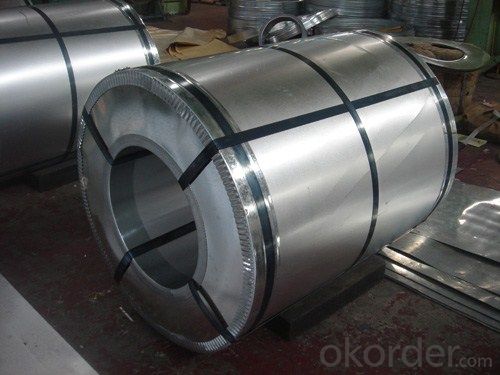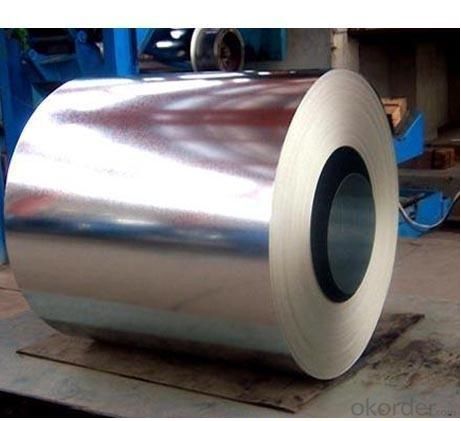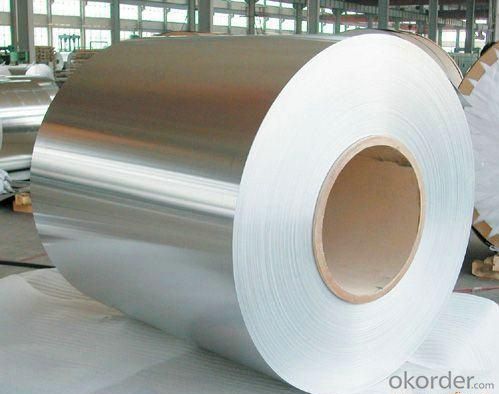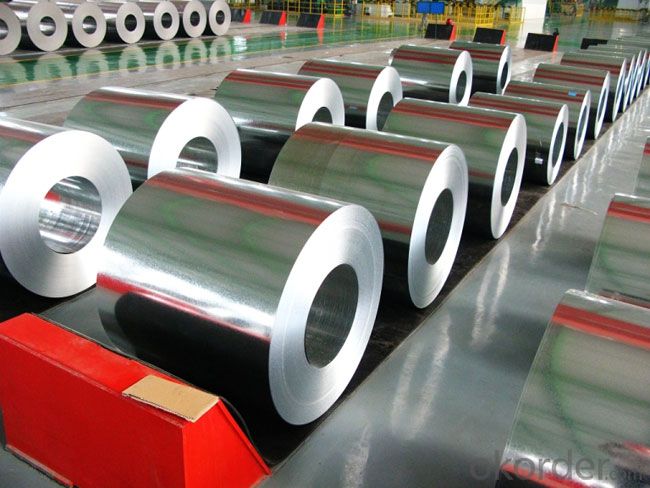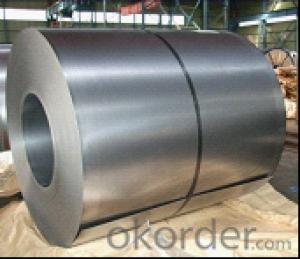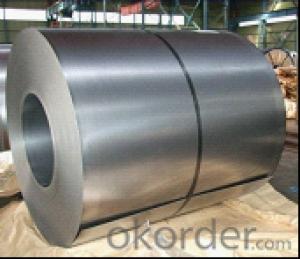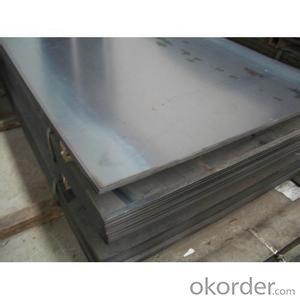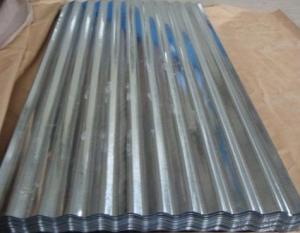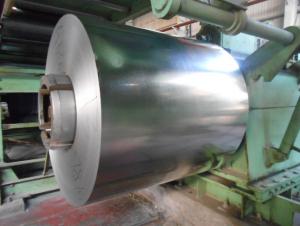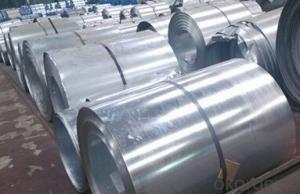HOT ALUZINC STEEL COIL
- Loading Port:
- China Main Port
- Payment Terms:
- TT OR LC
- Min Order Qty:
- -
- Supply Capability:
- -
OKorder Service Pledge
OKorder Financial Service
You Might Also Like
HOT-DIP GALVANIZED STEEL 72104910
THICKNESS:0.18mm-1.5mm
WIDTH:900mm-1250mm
COATING MASS:Z30-Z275
SPANGLE:Regular Spangle,Minimized Spangle,Zero Spangle
SURFACE TREATMENT:N0on or Chromated,Non or Oiled,Non or Anti Finger Print
COIL INNER DIAMETER:508mm/610mm
COIL WEIGHT:3mt-7mt
In continuous units in cold rolled steel strip, galvanized steel (electro galvanized and hot dip galvanized) as substrate, after surface pretreatment (degreasing and science processing), using the method of roll coating, coated with a layer or multi-layer liquid coating of plate, after baking and cooling income is the coating steel plate. Because the coating can have a variety of colors, on the habits of the coated steel sheet is called color coating steel plate. Because the coating is carried out before the sheet metal forming, in foreign countries which is called pre coating plate.
Color coated steel sheet is an organic coating coating on the steel surface, it has the advantages of beautiful appearance, bright color, high strength, good corrosion resistance, easy processing molding, but also allows the user to reduce costs, reduce pollution.
From the United States in 1935 to establish the first continuously coated steel line to begin, color coated steel plate has been widely applied, the current color coated plate varieties, about more than 600 kinds, the advantages of color coated sheet and organic polymer and steel plate of the two, which has good colorability, organic polymer molding, corrosion resistance and decorative, and steel plate with high strength and easy processing, can easily be punching cutting, bending, deep drawing processing. Made this makes organic coated steel sheet products have excellent practical, decorative, workability, durability.
- Q: What are the different quality standards for steel sheets?
- There are several different quality standards for steel sheets, including ASTM (American Society for Testing and Materials), AISI (American Iron and Steel Institute), JIS (Japanese Industrial Standards), and EN (European Norms). These standards outline specific requirements for various aspects of steel sheets, such as chemical composition, mechanical properties, dimensional tolerances, and surface finish. Compliance with these standards ensures that steel sheets meet certain quality and performance criteria and can be used for specific applications in various industries.
- Q: What is the average lifespan of steel sheets used for roofing?
- The average lifespan of steel sheets used for roofing can vary depending on several factors. However, high-quality steel roofing sheets are designed to be extremely durable and long-lasting. On average, these steel sheets can last anywhere between 40 to 70 years or even longer with proper maintenance and care. Factors such as the type and thickness of the steel, the quality of the coating or finish, the climate and weather conditions in the area, and the level of maintenance can all affect the lifespan of steel roofing sheets. Regular inspections, cleaning, and repairs when needed can help prolong the lifespan of the steel sheets and ensure they remain in good condition for many years. It is always advisable to consult with roofing professionals or manufacturers for specific guidelines and recommendations regarding the lifespan of steel sheets used for roofing in a particular context.
- Q: What are the common industries that use steel sheets?
- The common industries that use steel sheets include construction, automotive, manufacturing, aerospace, and shipbuilding.
- Q: Can steel sheets be used for toolboxes and cabinets?
- Yes, steel sheets can be used for toolboxes and cabinets. Steel is a durable and sturdy material that can withstand heavy loads and provide excellent protection for tools and items stored inside. It is commonly used in the construction of toolboxes and cabinets due to its strength and ability to resist damage from impact and corrosion.
- Q: What are the common thicknesses for aluminum-coated steel sheets?
- The common thicknesses for aluminum-coated steel sheets typically range from 0.015 inches to 0.125 inches.
- Q: How do steel sheets perform in terms of sound insulation?
- Steel sheets have poor sound insulation properties compared to other materials such as wood or gypsum. They do not effectively block or absorb sound waves, resulting in minimal reduction of noise transmission.
- Q: Can the steel sheets be easily formed into curves or angles?
- Yes, steel sheets can be easily formed into curves or angles using various techniques such as bending, rolling, or shaping.
- Q: Are the steel sheets easy to install?
- Yes, steel sheets are generally easy to install. They are lightweight, making them easier to handle and maneuver during the installation process. Additionally, steel sheets often come with pre-drilled holes or interlocking systems, simplifying the installation further. With the appropriate tools and basic construction knowledge, individuals can easily install steel sheets on various surfaces such as roofs, walls, or fences. However, it's important to follow the manufacturer's instructions and safety guidelines to ensure a proper and secure installation.
- Q: Can steel sheets be recycled multiple times?
- Yes, steel sheets can be recycled multiple times without losing their properties or quality. Steel is a highly recyclable material that can be melted down and reused repeatedly, making it an environmentally sustainable choice.
- Q: Can steel sheets be used for shipbuilding?
- Yes, steel sheets can be used for shipbuilding. Steel is a popular material choice for shipbuilding due to its strength, durability, and ability to withstand harsh marine environments. Steel sheets are commonly used to construct the hull, decks, and various structural components of ships.
Send your message to us
HOT ALUZINC STEEL COIL
- Loading Port:
- China Main Port
- Payment Terms:
- TT OR LC
- Min Order Qty:
- -
- Supply Capability:
- -
OKorder Service Pledge
OKorder Financial Service
Similar products
Hot products
Hot Searches
Related keywords




